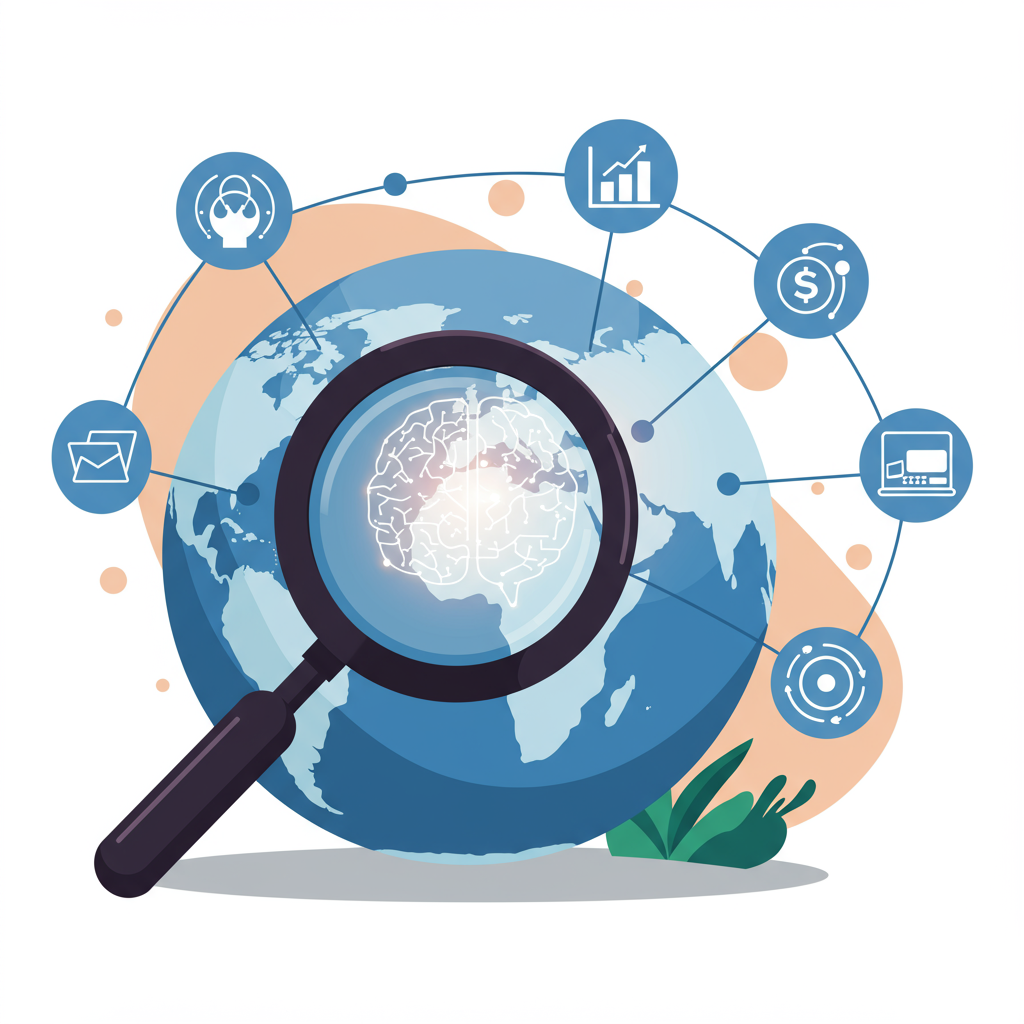How Artificial Intelligence is Revolutionizing Product Discovery for Shopify Merchants
As a dropshipper, I’ve always known that finding the right products is the absolute cornerstone of success. It’s not just about selling; it’s about selling what people *want* to buy, often before they even know they want it.
For years, my product sourcing journey was a grueling, manual grind. I’d spend countless hours sifting through marketplaces, scrolling through social media trends, and analyzing competitor stores.
It was a never-ending cycle of trial and error, often leading to wasted ad spend on products that simply didn’t resonate with the market. The frustration was real, and the time commitment was unsustainable.
Then, I stumbled upon the concept of AI-powered product sourcing, and honestly, it felt like a revelation. It promised to take the guesswork out of product discovery, and I was skeptical but intrigued.
What exactly is AI-powered product sourcing? In simple terms, it’s leveraging artificial intelligence algorithms to analyze vast datasets and identify profitable product opportunities for dropshippers.
These AI systems don’t just look at what’s currently selling; they delve into historical sales data, search engine trends, social media engagement, and even competitor strategies across the globe.
One of the most immediate benefits I experienced was the AI’s ability to pinpoint emerging trends with incredible accuracy. It could detect subtle shifts in consumer interest long before they became mainstream.
This allowed me to jump into niche markets early, often before they became saturated, giving me a significant first-mover advantage. Finding those hidden gems became so much easier.
The AI also became my personal competitor analysis expert. It could monitor what my rivals were selling, how well their products were performing, and even identify their suppliers, all without me lifting a finger.
Beyond just finding products, some advanced AI tools even help in vetting potential suppliers. They can analyze supplier reliability, shipping times, and product quality reviews, minimizing the risk of bad partnerships.
Predictive analytics is another game-changer. The AI can forecast future demand for certain products based on seasonal patterns, economic indicators, and even global events, helping me stock up wisely.
Essentially, AI automates the most tedious and time-consuming aspects of product research. It’s like having a team of dedicated market researchers working for you 24/7.
The amount of time I’ve saved since integrating AI into my workflow is staggering. Hours that were once spent on manual research are now freed up for marketing, customer service, or scaling other aspects of my business.
This efficiency directly translates into increased profitability. By identifying high-demand, low-competition products, my ad campaigns perform better, and my profit margins improve significantly.
It also drastically reduces the risk of investing in unprofitable products. The data-driven insights mean I’m making decisions based on solid evidence, not just a hunch or a fleeting trend.
For a Shopify merchant like myself, this means I can scale my dropshipping business with far greater confidence. I can expand into new niches or launch new product lines knowing they have a high probability of success.
This isn’t just about convenience; it’s about gaining a formidable competitive edge in an increasingly crowded e-commerce landscape. While others are still guessing, I’m operating with data-backed certainty.
Integrating these AI insights with my Shopify store has been seamless. Once a profitable product is identified, the process of listing it, setting up ads, and managing orders flows much more smoothly.
My typical workflow now involves logging into my AI sourcing platform, setting my criteria (e.g., niche, price range, profit margin), and letting the AI present me with a curated list of opportunities.
From there, I can quickly review the data, check supplier details, and with a few clicks, have a new, potentially viral product ready to be launched on my Shopify store in record time.
However, it’s crucial to remember that the quality of the AI’s output is only as good as the data it’s fed. Choosing a reputable AI platform that sources from diverse and reliable data streams is paramount.
I’ve also learned not to over-rely on AI alone. While it provides incredible insights, my own intuition and understanding of my target audience still play a vital role in the final decision-making process.
There are also ethical considerations to keep in mind, such as ensuring fair competition and not using AI to exploit market vulnerabilities in an unethical way. Responsible use is key.
Looking ahead, I firmly believe that the future of dropshipping, especially for Shopify merchants, is undeniably AI-driven. It’s no longer a luxury; it’s becoming a necessity for sustained growth.
If you’re struggling with product sourcing, or just looking to optimize your dropshipping operation, I wholeheartedly recommend exploring AI-powered solutions. It transformed my business, and I believe it can transform yours too.
What do you think about this shift towards AI in product sourcing? Have you tried it, or are you considering it for your Shopify store? I’d love to hear your thoughts and experiences.
Embracing AI has not only made my dropshipping journey more efficient and profitable but also significantly more enjoyable. It’s truly a game-changer for anyone serious about e-commerce success.






